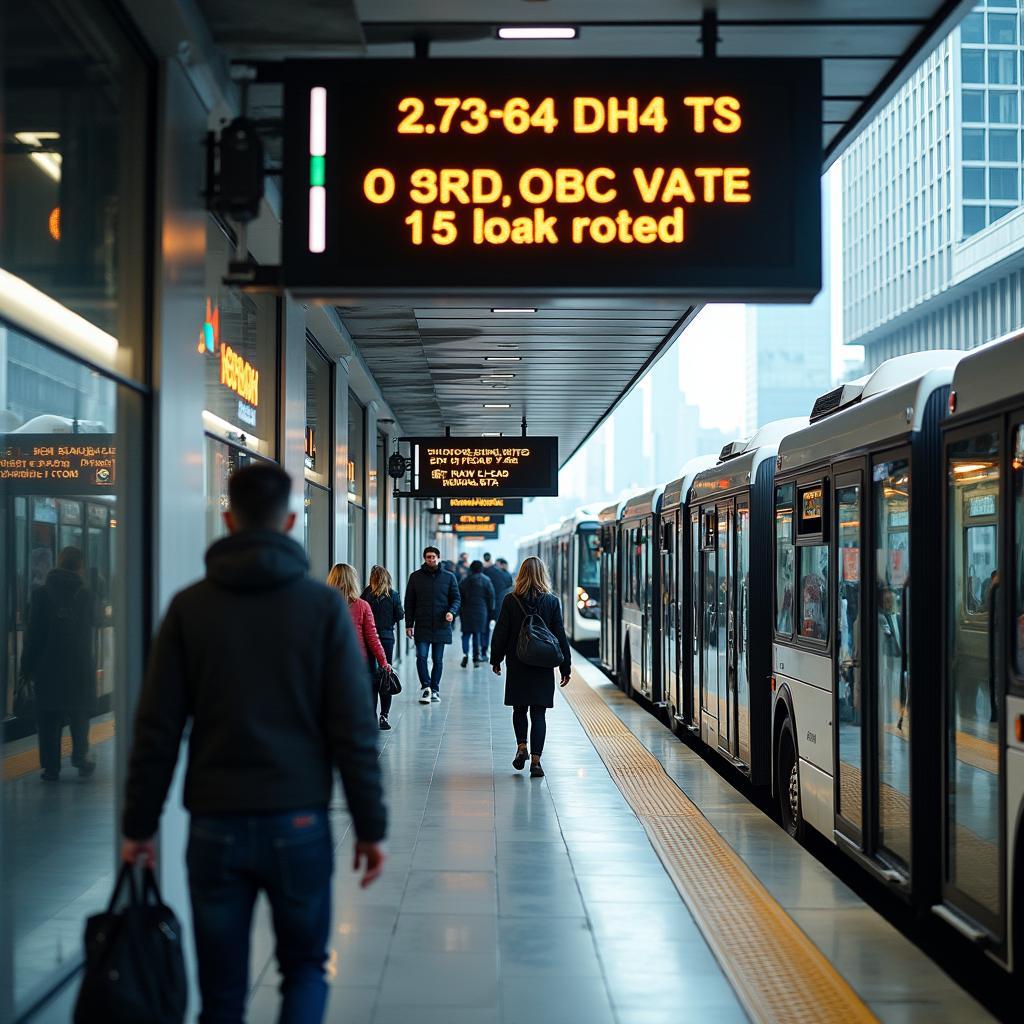The topic of free public transportation in urban areas frequently appears in IELTS Writing Task 2, particularly in advantage/disadvantage and discussion essays. Based on analysis of past IELTS exams and should public transit be accessible to all, this theme continues to be relevant for test-takers.
Let’s examine a common IELTS question on this topic:
Some cities are planning to make public transportation free of charge. Do you think the advantages of this development outweigh the disadvantages?
Analysis of the Question
This is a typical advantages/disadvantages essay requiring candidates to:
- Evaluate both positive and negative aspects
- Take a clear position on which side outweighs the other
- Support arguments with relevant examples

Sample Essay 1 (Band 8-9)
The prospect of implementing fare-free public transportation in urban areas has generated considerable debate. While this policy presents certain challenges, I firmly believe its advantages significantly outweigh the disadvantages.
The primary benefit of free public transport is its potential to dramatically reduce private vehicle usage, as discussed in why public transportation should be prioritized over personal vehicles. When commuters can travel without cost concerns, they are more likely to leave their cars at home, leading to decreased traffic congestion and lower carbon emissions. For instance, when Luxembourg made all public transport free in 2020, car usage decreased by 15% within the first year. Additionally, this policy promotes social equality by ensuring mobility access for low-income residents, enabling them to pursue better job opportunities and educational prospects across the city.
However, implementing free public transportation does present some challenges. The most significant concern is the substantial financial burden on local governments, who must find alternative funding sources to compensate for lost fare revenue. Furthermore, there might be initial overcrowding as more people switch to public transport, potentially straining existing infrastructure.
Yet, these drawbacks are outweighed by the long-term societal and environmental benefits. The reduction in private vehicle usage leads to should public transportation be eco-friendly outcomes, including improved air quality and reduced carbon footprint. Cities like Tallinn, Estonia, have demonstrated that the economic benefits from increased mobility and reduced traffic congestion can offset the initial investment.
In conclusion, while free public transportation requires significant initial investment and careful planning, its advantages in terms of environmental protection, social equality, and urban mobility clearly outweigh the disadvantages.
Sample Essay 2 (Band 6-7)
Free public transportation in cities is becoming more common nowadays. While there are some problems with this idea, I think the good points are more important than the bad ones.
The main advantage is that free public transport helps poor people. When buses and trains are free, everyone can travel to work or school without worrying about money. Also, it’s good for the environment because fewer people will drive cars, which means less pollution and traffic jams. For example, in my city, many people drive because bus tickets are expensive, but if buses were free, they would probably use them instead.
On the other hand, there are some disadvantages. The biggest problem is that the government needs lots of money to pay for free transport. They might have to increase taxes or cut other services. Also, buses and trains might become very crowded because more people will use them.
However, I think the good points are stronger. When more people use public transport, the whole city becomes better. The air gets cleaner, and poor people have more opportunities to work and study. These benefits are more important than the problems of cost and crowding.
In conclusion, although free public transport costs a lot of money, its advantages for society and the environment are more significant than its disadvantages.
Key Vocabulary
- fare-free (adj) /feər friː/ – without charge for transportation
- implementation (n) /ˌɪmplɪmenˈteɪʃən/ – the process of putting a plan into action
- mobility (n) /məʊˈbɪləti/ – the ability to move freely
- infrastructure (n) /ˈɪnfrəstrʌktʃə/ – basic physical systems of a country
- congestion (n) /kənˈdʒestʃən/ – overcrowding, especially of traffic
For practice, try writing your own essay on this topic or a related one: Do vehicle-free days in cities have more advantages than disadvantages. Share your essay in the comments for feedback and discussion.